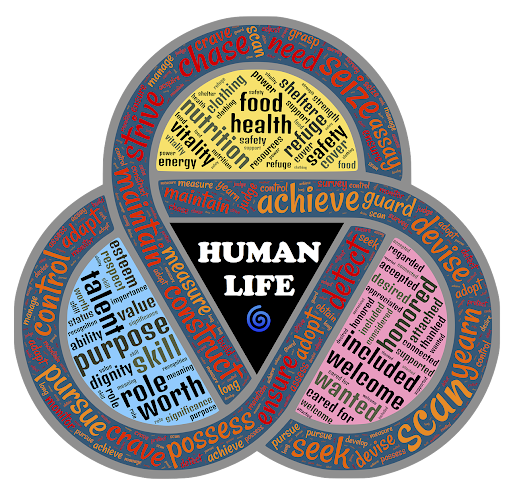Running to Duathlon

Author - Ramyesh Senniappan I wanted to begin by saying that the year 2023 is all about novelty, as it is my 50th year of life. Instead of regretting what I hadn’t done in the past, I wanted to see what I could do now and in future... Triathlon is one such multi-sport event that interested me, but I lacked swimming skills. During my debut marathon Arizona RnR on Jan 15 2023, I got introduced to my pacer Carlos Mendez, he is a skilled athlete and shares the podium in many Triathlon events. He introduced me to Duathlon, which is a form of Triathlon where there is no swimming. So essentially it is run - ride - run race. I was skeptical and scared, but Carlos encouraged me that if I can run a marathon, then a Duathlon should be possible. Cycling was a kind of secondary endurance activity for me. I used to go for rides infrequently if I needed a change. I remember participating in TourdeCure Phoenix in 2017 for 25 miles dash, which is my only race event. I was keen on mountain/trail bi...







